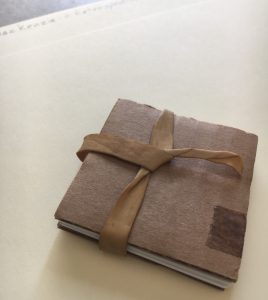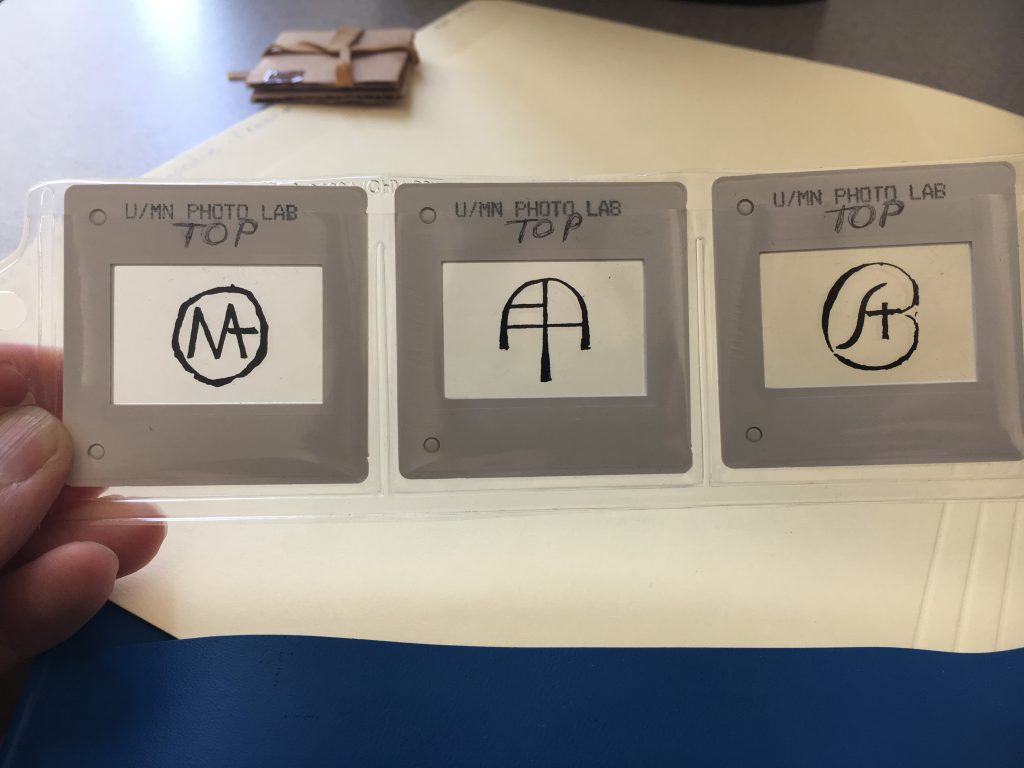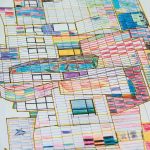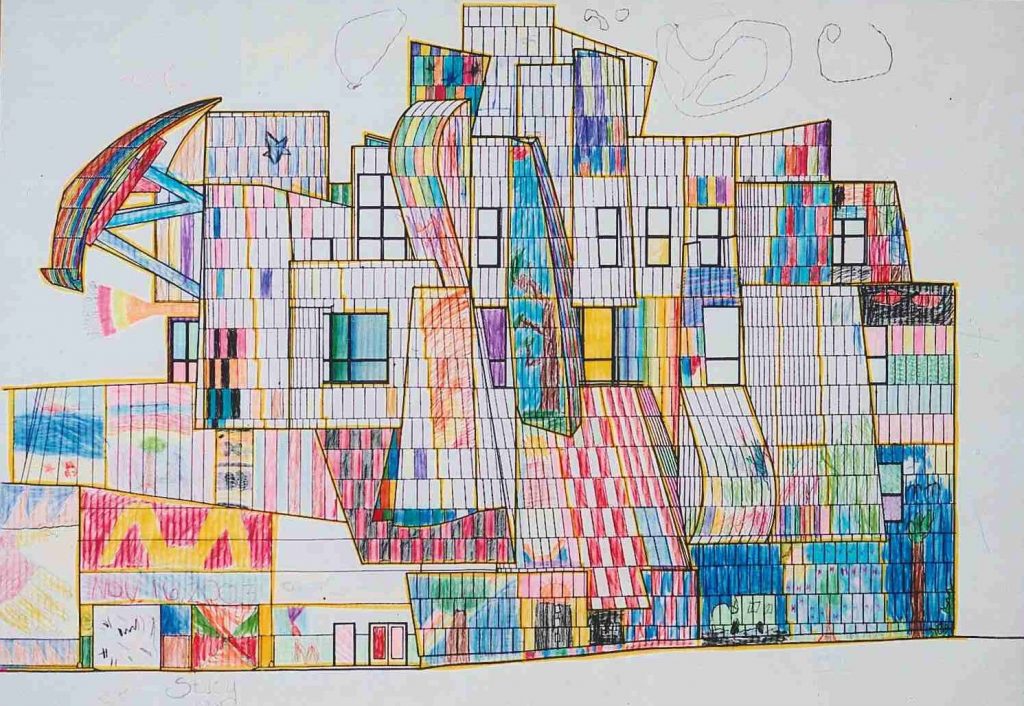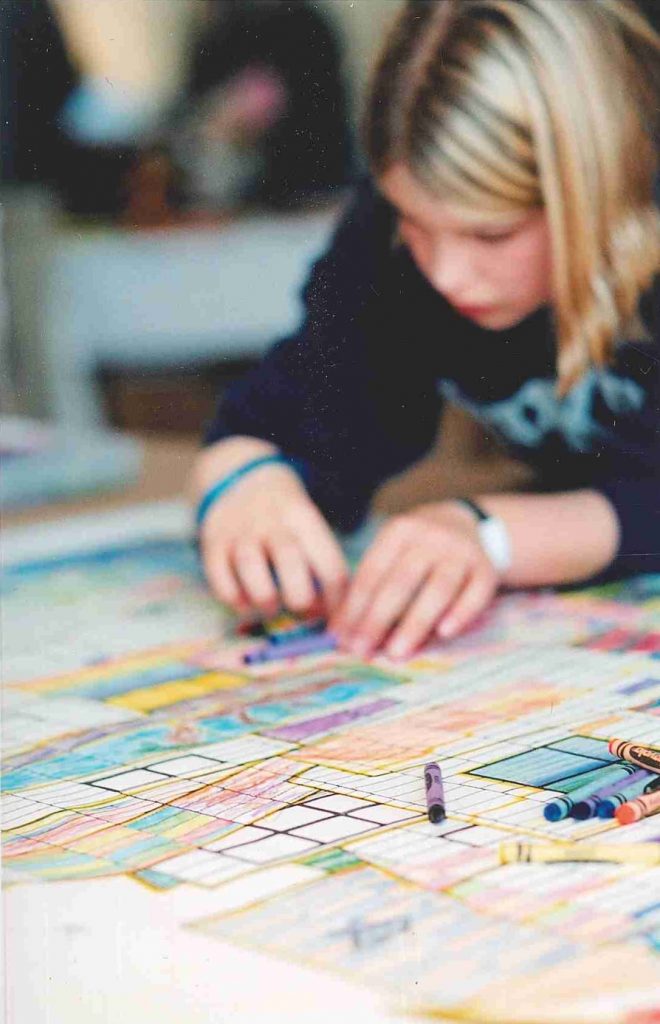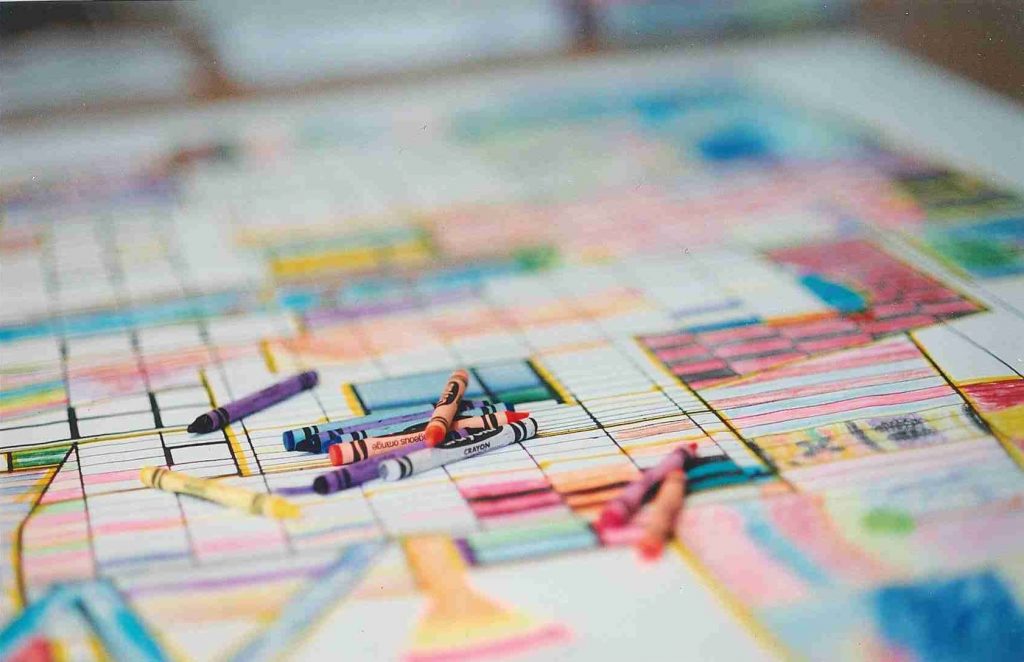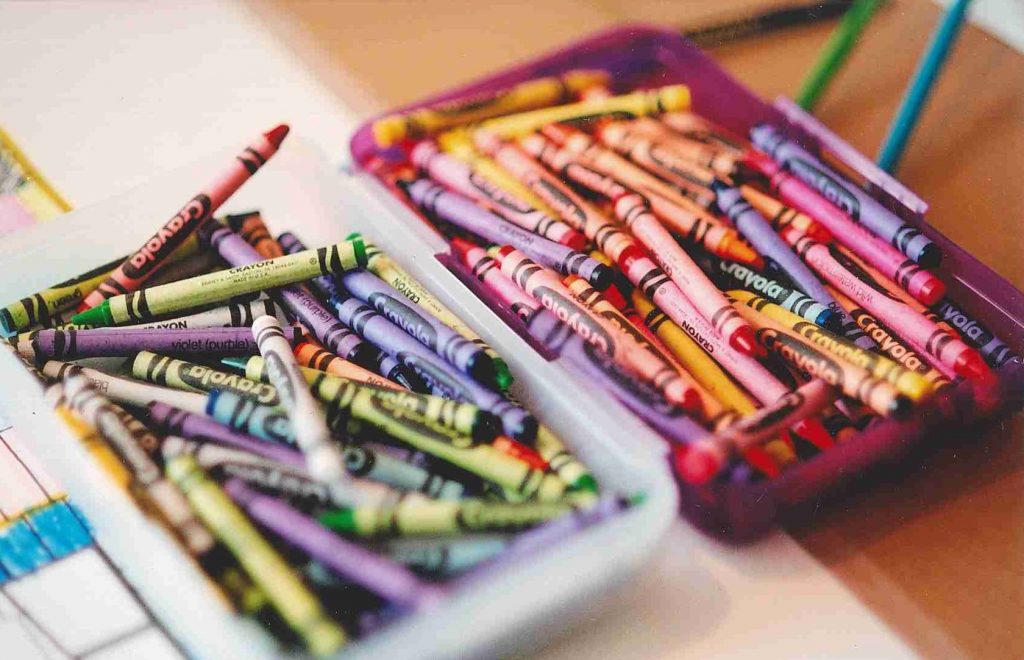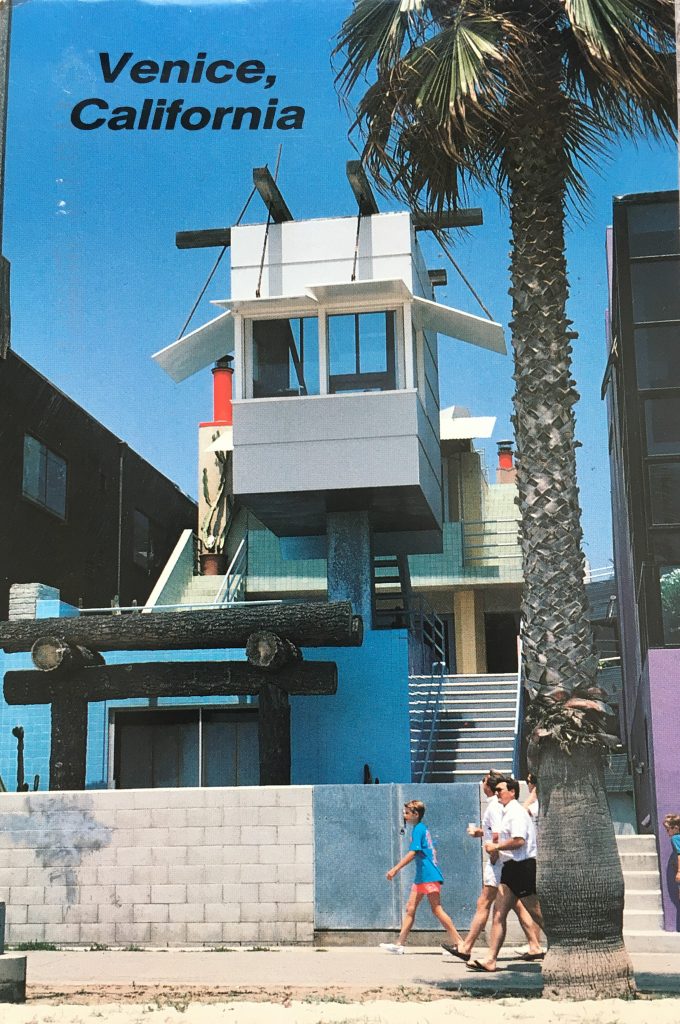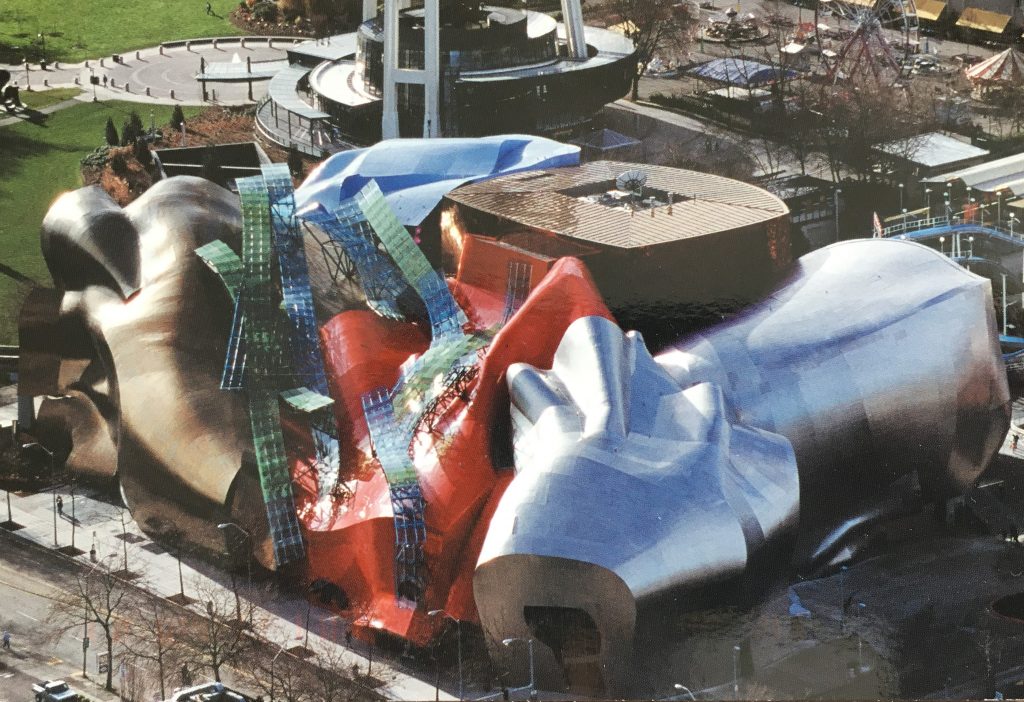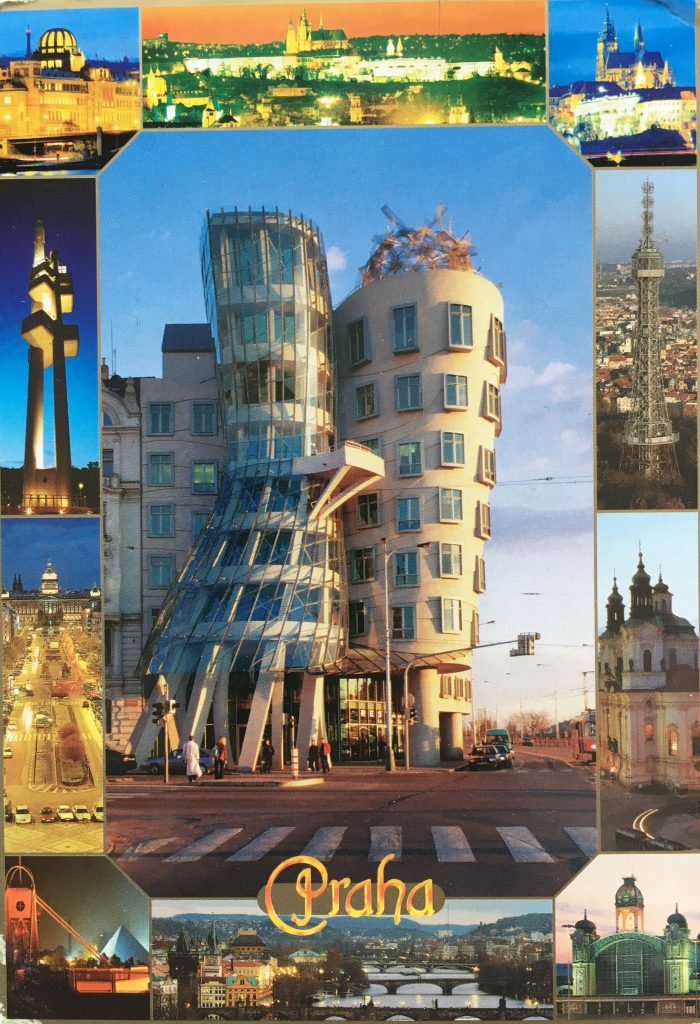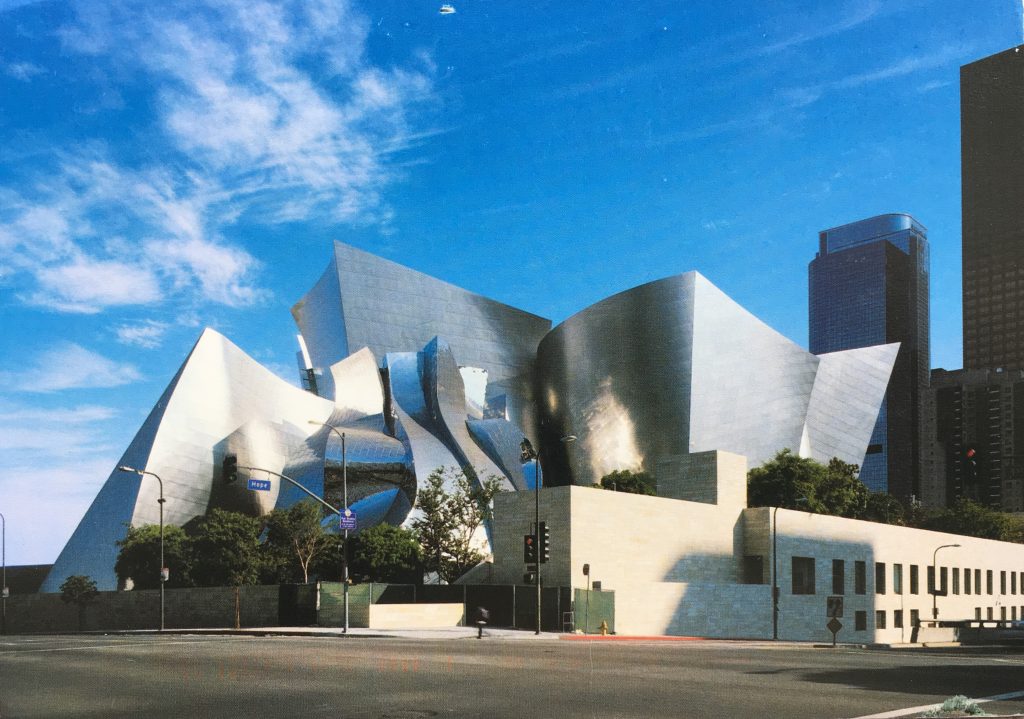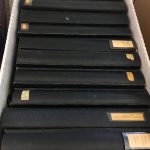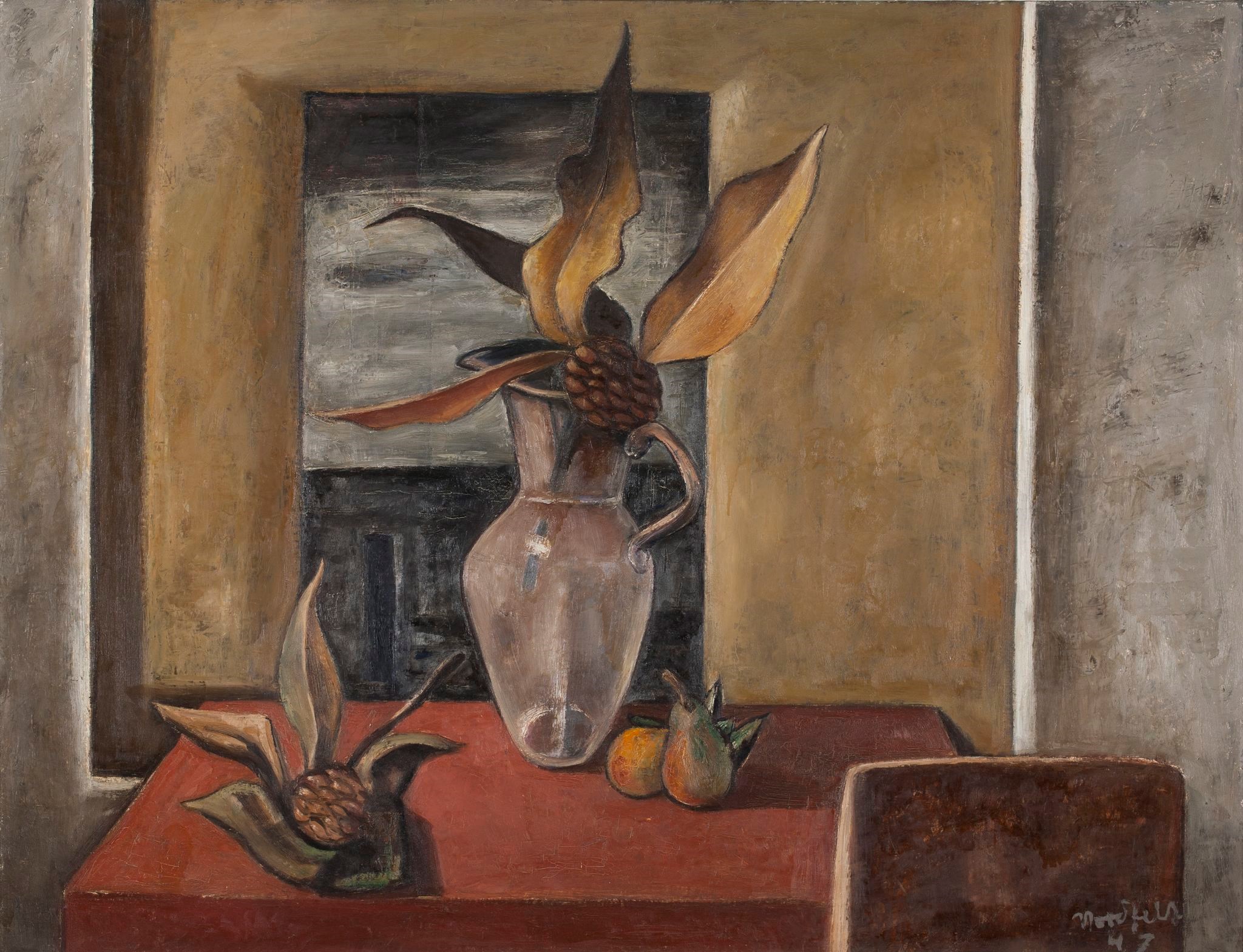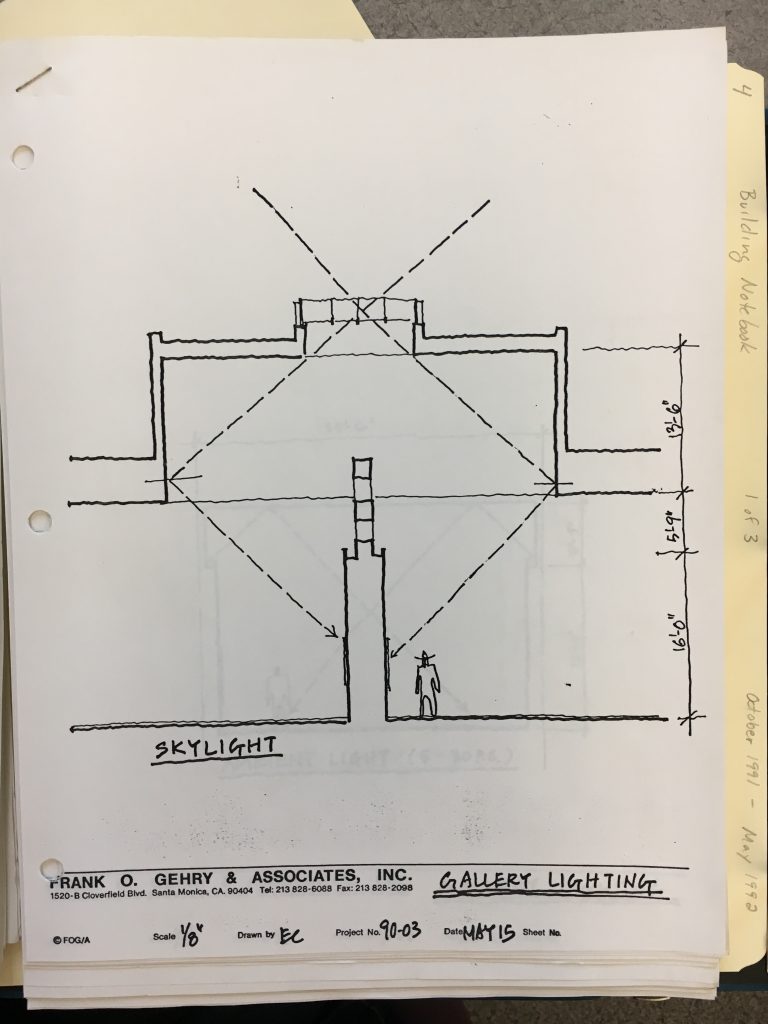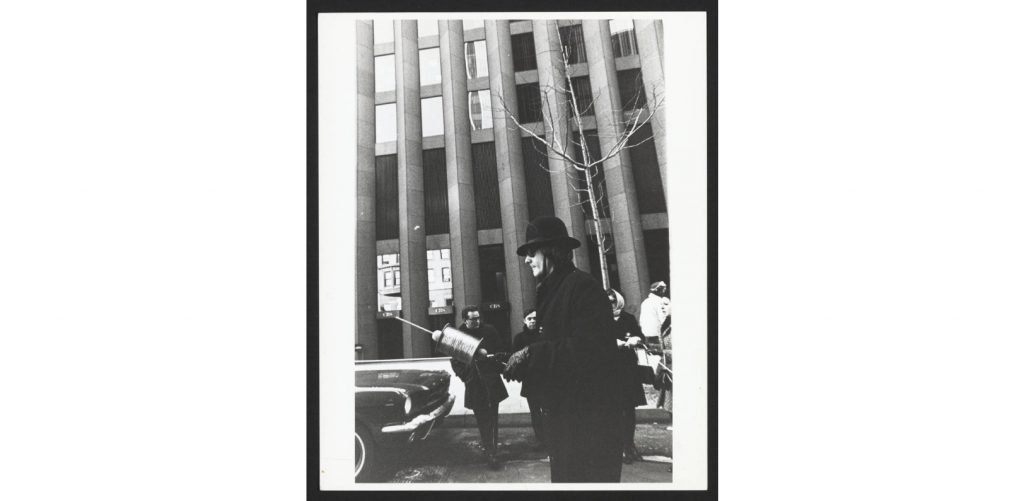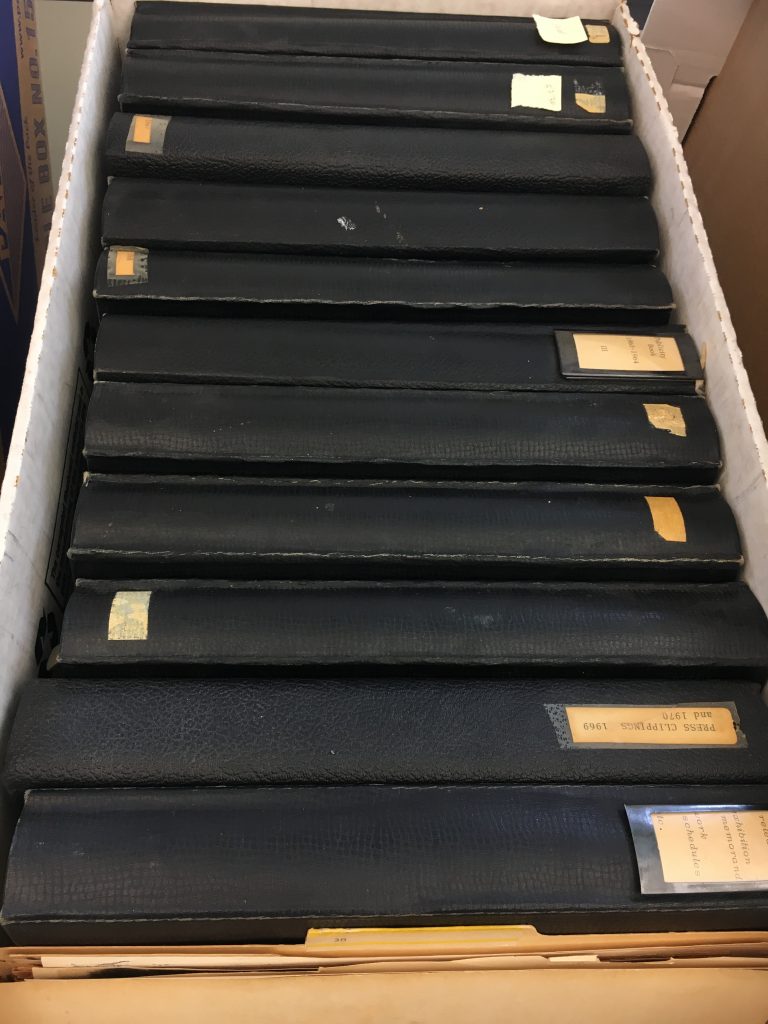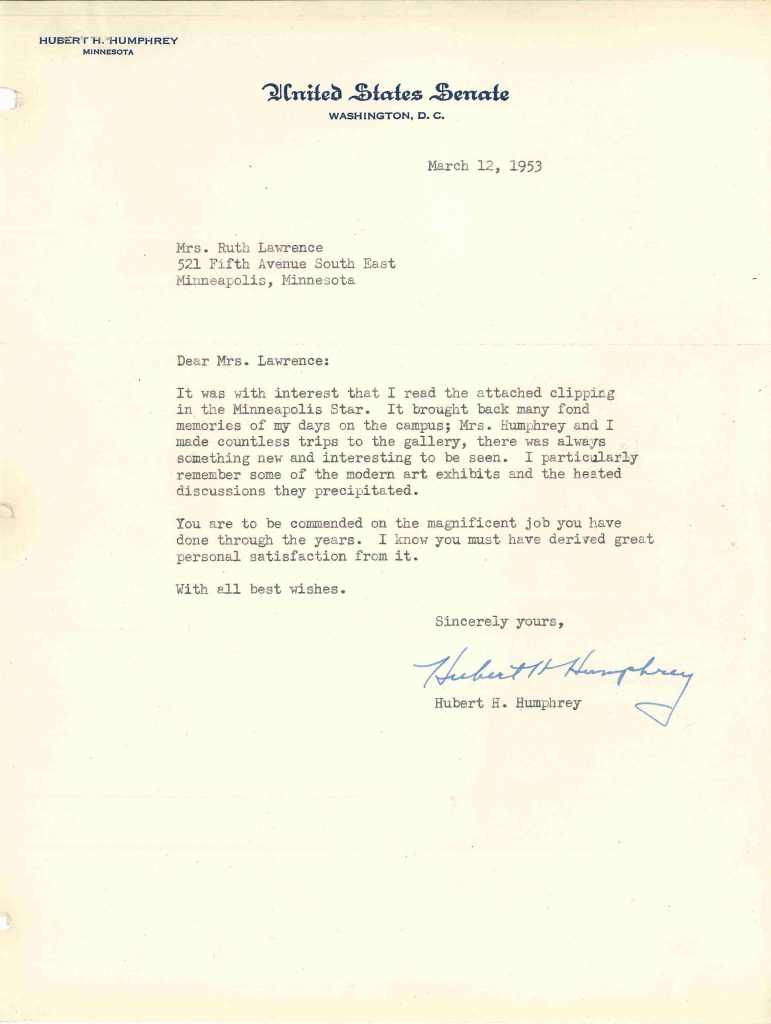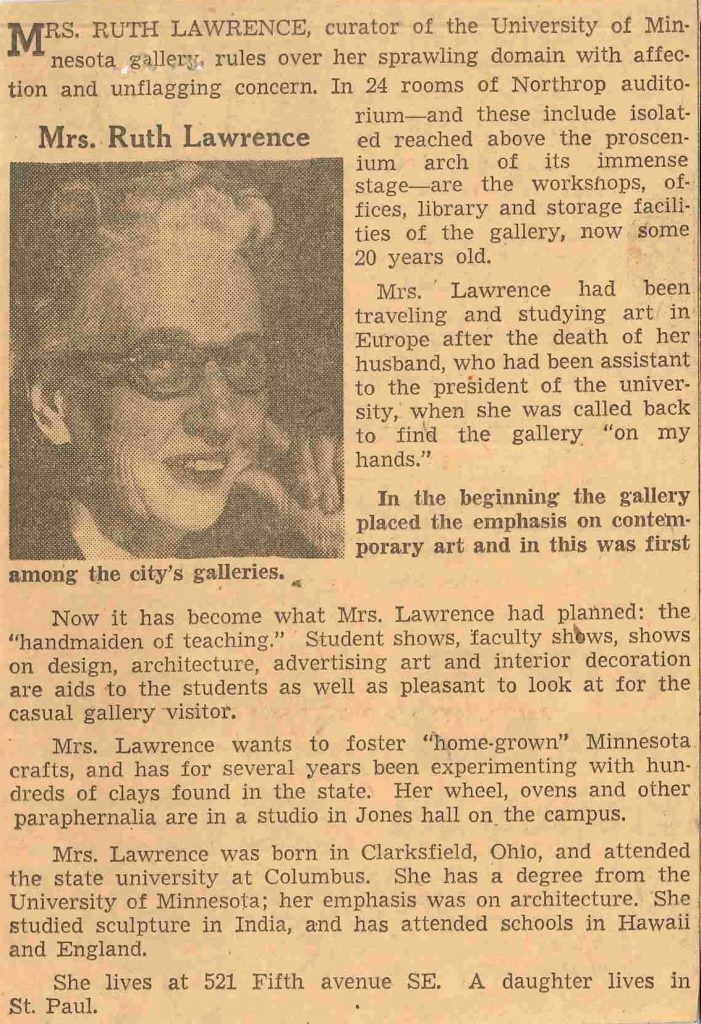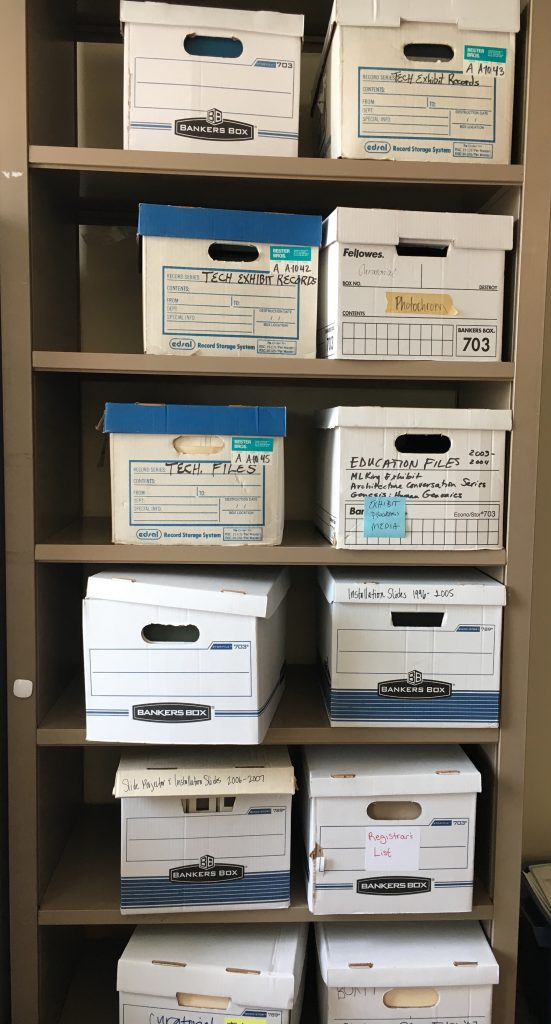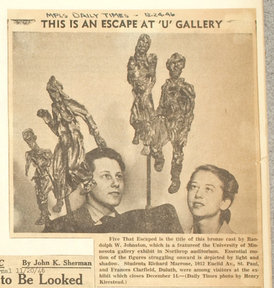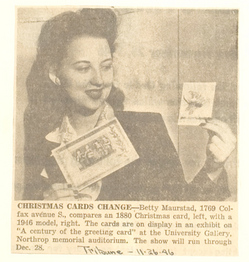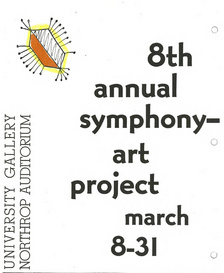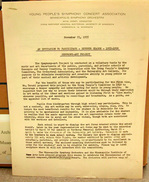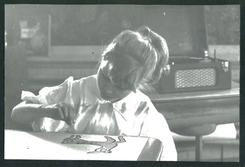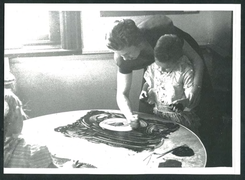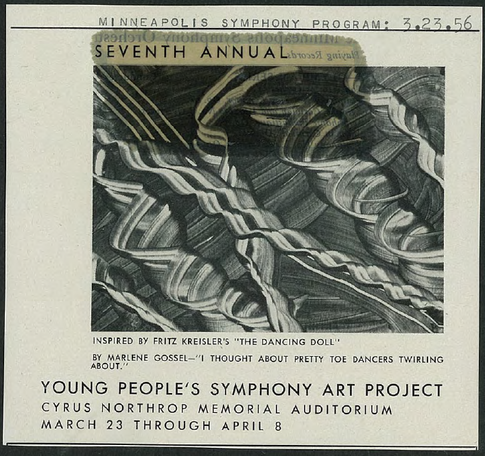What could be in this curious little package, rubber band stuck, found jammed into to the front pocket of a 25 year-old blue binder?
Mystery slides!

Three slides, depicting potter’s marks of renowned local potter Warren MacKenzie, found inside an Exhibit Tech binder.
The images on these slides look like mysterious runes or a secret language and in a way, that’s exactly what they are. These images depict potter’s marks, which are a kind of icon or signature used by studio potters to identify their works. In a museum setting, we rarely get to see these marks because they are usually located inconspicuously on the bottom of works.
These slides were made for a 1991 retrospective exhibition of the work of renowned local studio potter Warren MacKenzie. It wasn’t clear from surrounding files how these slides were used in the exhibition, but perhaps they were projected during a curator’s lecture or an artist’s talk to help exemplify different time periods or themes in the artist’s career. Perhaps they were projected on the walls of the gallery near works containing the marks. Maybe the images were turned into graphics for the exhibit walls or a publication.
To see examples of MacKenzie’s work – but no peeking underneath, please – visit the WAM current exhibition: Ceramics from the Weisman Art Museum Collection | A Personal View
To learn more about potter’s marks and the potters that use them, explore The Marks Project.
—Heather Carroll is the processing archivist for the Weisman Art Museum‘s collection at the University of Minnesota Archives. This project was made possible by funds provided by the State of Minnesota from the Arts and Cultural Heritage Fund through the Minnesota Historical Society.
